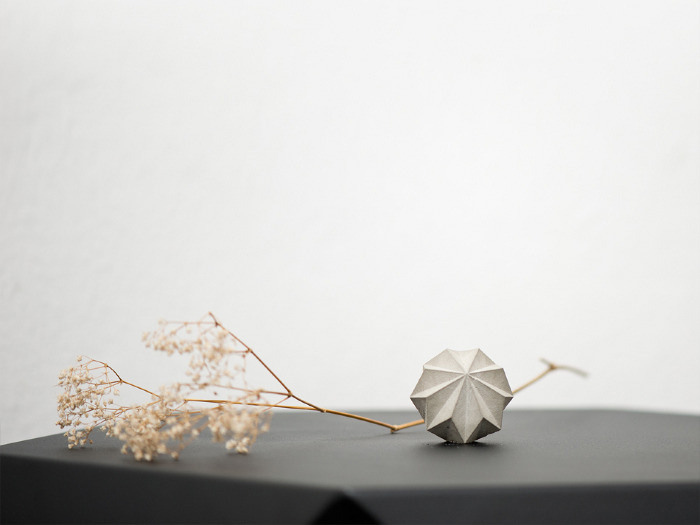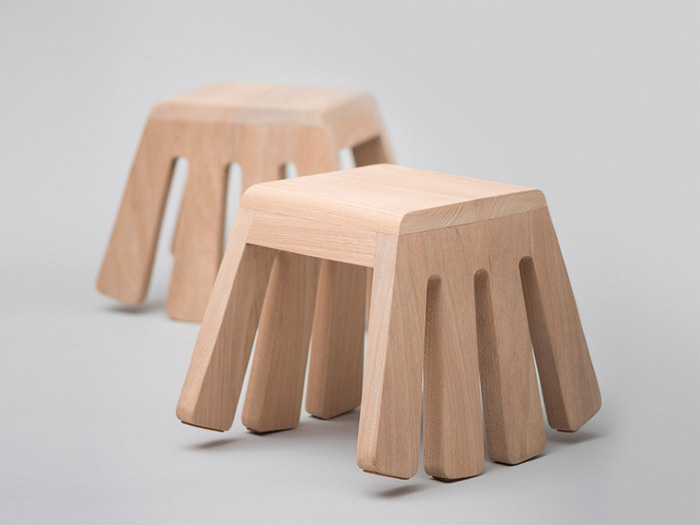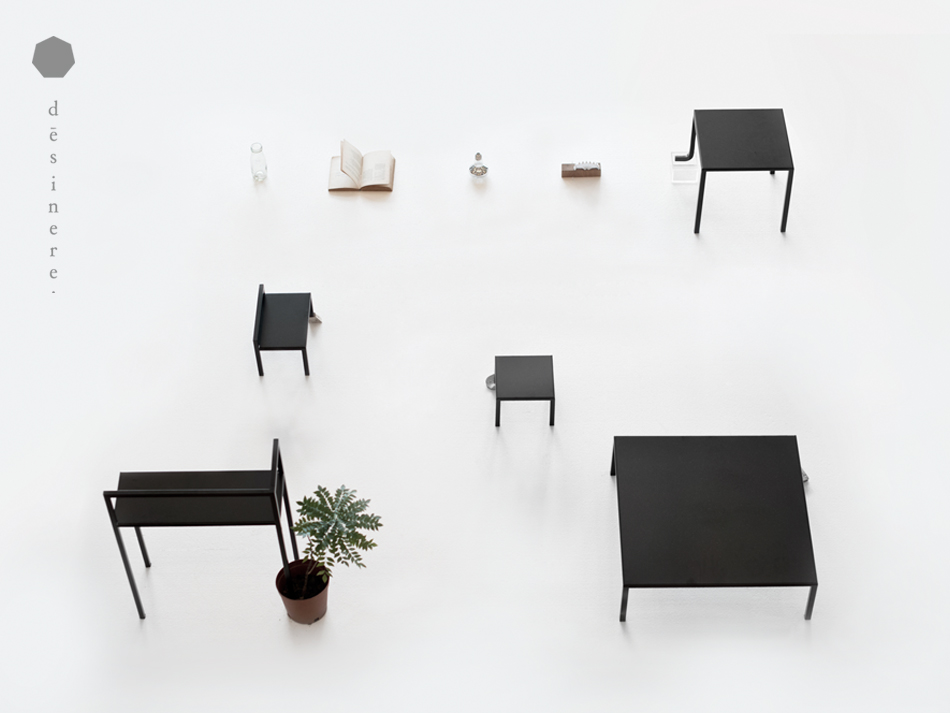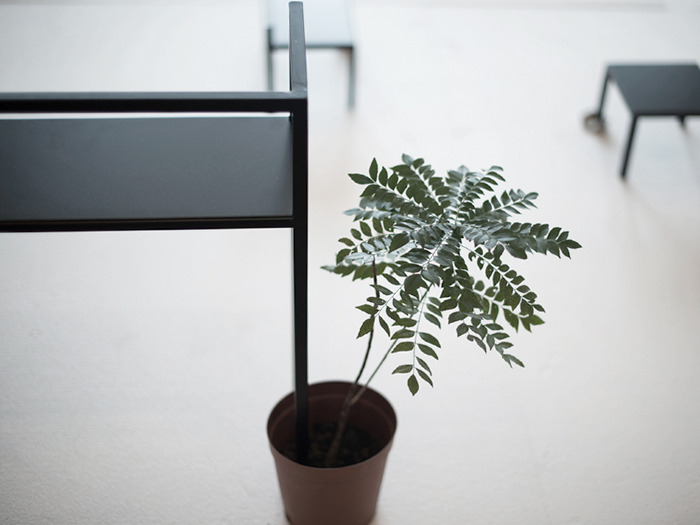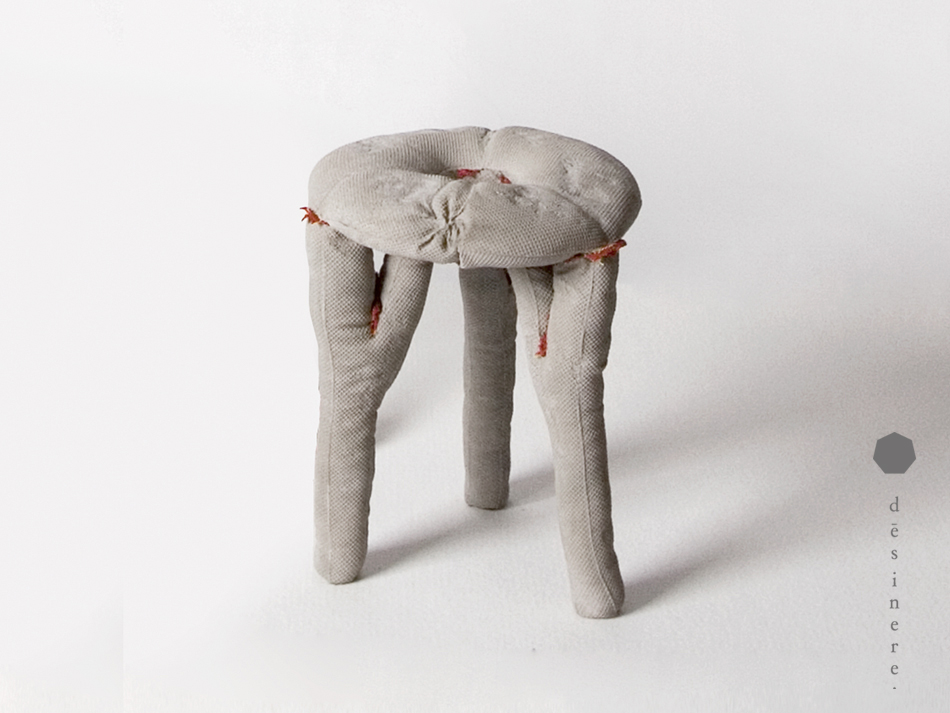Recently announced as one of six designers chosen for the Rising Asian Talent showcase for the inaugural Maison&Objet Asia in March, Melvin Ong is on the cusp of receiving a lot more global attention.
All images by Jovian Lim Photography.
Ong's refined aesthetic is extremely quiet but filled with a delicate charm. His thoughtful nature is plainly illustrated by the images and quotes he has included on his studio website. For Ong silence is bliss. He finds inspiration in being able to step back and rethink ideas and to have time to mull over the various ways forward. This love of a moment of quiet contemplation is expressed in the name of his studio (Désinere means 'stop' in latin) but also in his interest in the work of author, George Prochnik, whose In Pursuit of Silence: Listening for Meaning in a World of Noise reflects on humanity's attraction to busy, noisy environments. Ong believes he works best in relative silence, removed from the preoccupations of life.
Despite his relatively low profile outside of Singapore, Ong has a wealth of experience developed over the four years since he completed his degree in Product Design at Central St Martin’s College of Art & Design in 2010. A First-Class Honours graduate, Ong has shown his work in a number of international events including Tent London in 2010 and Salone Satellite in 2011. Relocating back to Singapore in 2012, Ong established his own studio, Désinere and launched the first Désinere collection at Tokyo’s DesignTide Exhibition in November 2012. Design Daily met him in Milan in April 2013 as a member of Singapore Lah! - a group show of Singaporean design studios and young brands that included Jarrod Lim’s new brand, Hinika and the inventive design studio Creativeans.
Ong’s ‘Monolith’ side table is a study in folded metal where a basic square is taken and folded until a useable shape presents itself. Available in various finishes the tables’ facetted surfaces create soft shadows that highlight its combination of diamond, triangular and hexagonal shapes.
“The idea for 'Rok' was to translate the delicate nature of origami folding on a raw and chunky material like concrete. It was an interesting juxtaposition, and the end result is an object that bears connotations of hefty weight in an ornamental paperweight”
Melvin Ong
Ong's interest in nature and history are particularly evident in his 'Tembusu' ceramic plates for Supermama. The design in classic blue and white depict the Tembusu tree - a heritage tree in the Singapore Botanical Gardens that is believed to have been there prior to the construction of the gardens in 1859.
Asked to contribute some work for the SingaPlural 'Design larger than life' installation at Parkmall Singapore in 2012, Ong developed a series of furniture pieces called 'Common Vessels'. These fine archetypal forms consisting of simple tables, chairs and benches - all have one leg that doesn't quite reach the floor and needs to be propped up with some unrelated object. The idea behind the concept was to encourage people to follow a more sustainable path. The designs required low tech innovations to 'save' a table or chair from becoming useless and in the process created a unique, beautiful, and sometimes funny result.
Combining the ancient process of boiling leather with the traditional Indonesian craft of weaving baskets, 'Leather in Basketry' creates a highly technical but beautifully crafted design. Using a laser cutter to ensure precise cuts to the leather Ong then boils the leather - hardening and shrinking the leather to make it rigid and tightening the weaving. The basket is also reinforced by fine brass tubes.
The designer's interest in heavy materials like concrete might seem at odds with the delicacy of the majority of his work but concrete's highly malleable nature shows an interesting similarity to how paper can be transformed by folding.
With the 'A'Konkrete' stool, the object's end shape is largely determined by the sewn fabric bag that contains the concrete mix. The take home kit includes a stand that slots together and a set of simple 'watering' instructions. Once set, the fabric casing can be removed, leaving the texture indelibly imprinted in the concrete surface. This soft decorative element on what is otherwise a hard and heavy material is what excited Ong about the project. Each stool is unique in form due to the random nature of how each person assembles the stand and distributes the concrete during the watering process.


